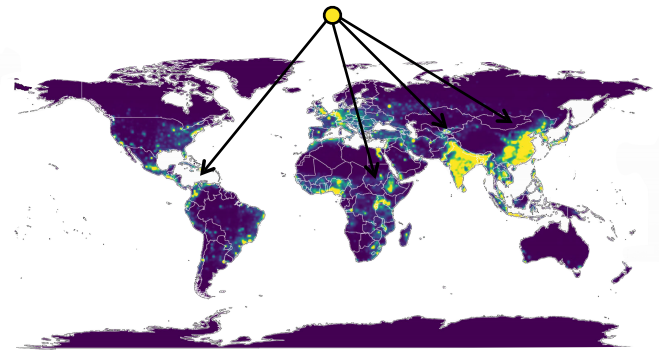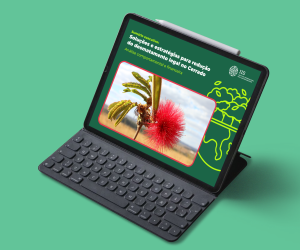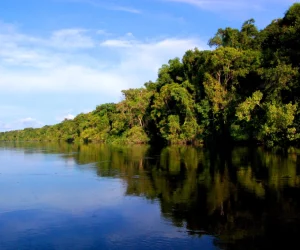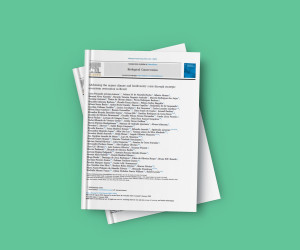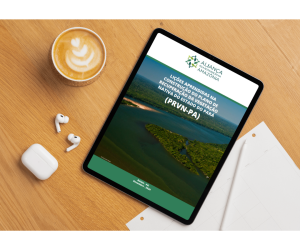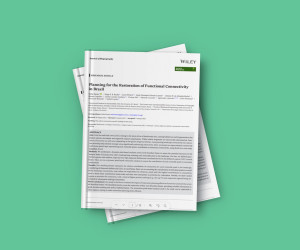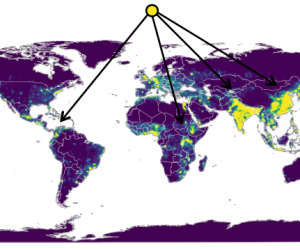Publications > Summary
Could a future pandemic come from the Amazon?
Yes, the next pandemic could very well come from the Amazon. Pandemics have arisen roughly every 20 years over the past century and a half. The Amazon has characteristics – high diversity of wildlife virus hosts and rising deforestation rates – common to hotspots for future emerging diseases. Yet currently the Amazon is considered a low spillover area. In this report, we suggest key actions to keep spillover low in the Amazon and reduce the risk of the basin being the source of future pandemics.
Pandemics are usually caused by viruses transmitted to humans from wildlife, especially rodents, birds and bats. Tropical forests are the richest source of pandemic-causing viruses, and deforestation and fragmentation brings people and wildlife into close contact. With its amazing diversity of vertebrates, especially bats, combined with rising deforestation rates, the Amazon is a potential source of future pandemics.
Global economic losses in the tens of trillions of dollars, the loss of millions of lives and untold social disruption resulting from COVID-19 suggest that investing billions of dollars in preventing pandemics is a sound investment. The Amazon, much of which is still a high forest cover and low spillover region, offers cost-effective opportunities to reduce deforestation and at the same time help meet Sustainable Development Goals for people across the region, restore respect for indigenous lands and protected areas, and protect regional climate. The regional benefits of these actions merit national investments, which should be complemented by international funding to help prevent the next pandemic.
The Amazon must be a high priority for global efforts to prevent future pandemics.
Policy Recommendations:
- Establish strong coordinated, cross-cutting deforestation control policies among Amazon countries;
- Strengthen indigenous land rights;
- End illegal incursions into the Amazon forest;
- Improve health, sanitation and development practices in high population areas;
- Discourage wildlife trade;
- Commit adequate funding.
